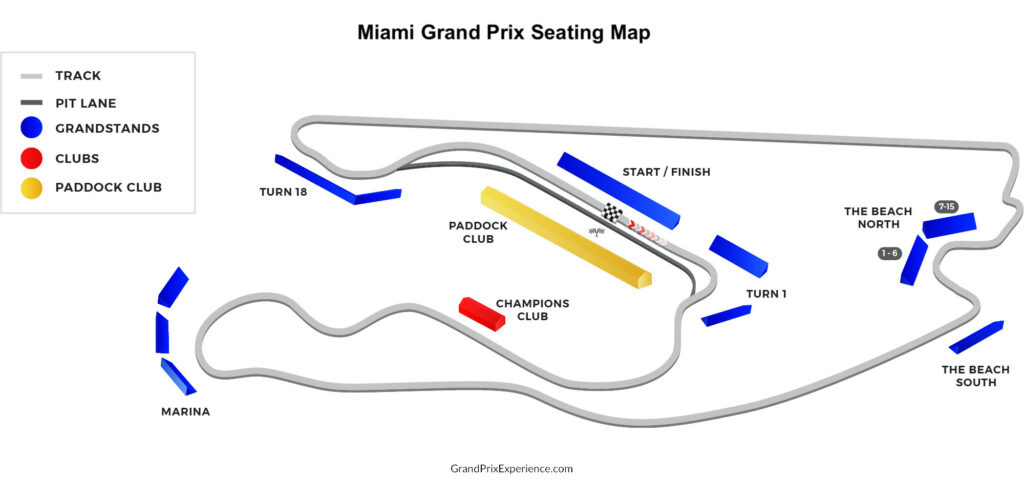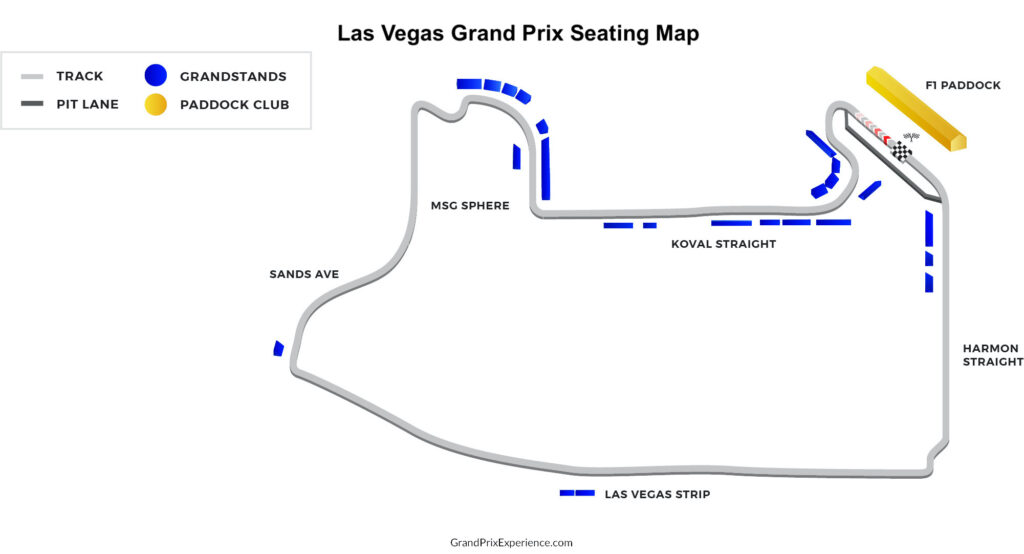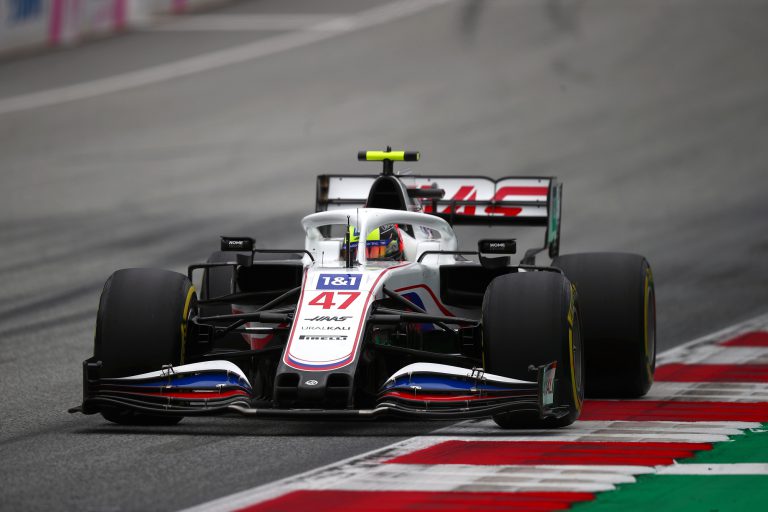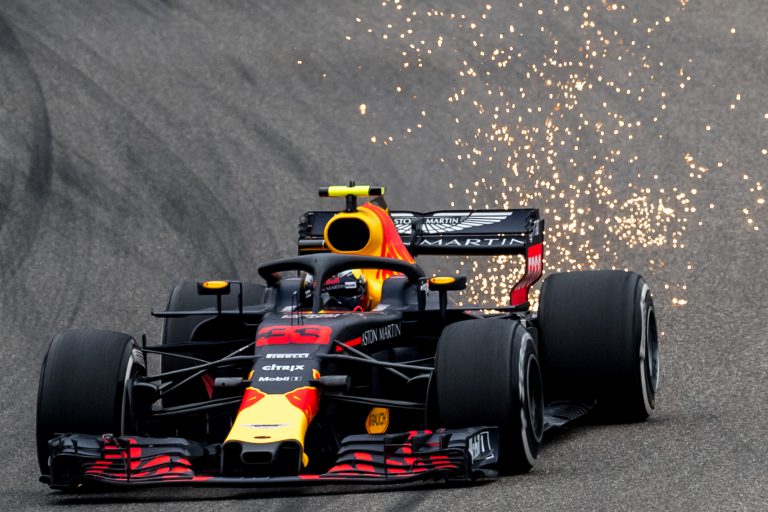The United States in Formula 1 A Complete History of Every American Circuit

No country in the world has experimented with Formula 1 quite like the United States. While Europe built grand prix racing on permanent, storied circuits, America approached the sport with an entirely different mindset: bold, unorthodox, creative, sometimes chaotic, and always unforgettable. The U.S. has hosted more Formula 1 venues than any nation in history, each bringing its own identity, problems, triumphs, and lasting impact.
For Tickets and Package Deals to all Your Favourite F1 Races, Please Click Here
Indianapolis 500 (1950–1960): When F1 Began in America
The story surprisingly starts at the Indianapolis Motor Speedway. When the F1 World Championship launched in 1950, the Indy 500 was included as a points-paying round for its first 11 seasons. Although European teams rarely attended — their machinery wasn’t suited for the 250 km/h speeds of the oval — the event still contributed to the championship’s early legitimacy. Indy represented American motorsport power on a world stage, but because the cars, rules, and cultures were completely different, the crossover never truly felt organic. By 1960, the worlds of IndyCar and Formula 1 went their separate ways, but the 500’s presence remains a quirky and important footnote in F1 history.
Watkins Glen (1961–1980): The True Home of the U.S. Grand Prix
If one track deserves the title of “America’s Formula 1 home,” it’s Watkins Glen. Set among the rolling hills of upstate New York, the Glen became a drivers’ favorite the moment the paddock arrived in 1961. Fast, brave corners. Natural elevation. A rhythm reminiscent of Spa and the old Nürburgring. It quickly became one of the sport’s most cherished venues, delivering two decades of memorable moments and championship deciders.
Yet behind the romanticism, Watkins Glen struggled with aging infrastructure and rising safety expectations. By 1980, the venue couldn’t financially keep pace with Formula 1’s modernization demands. Even so, to many purists, Watkins Glen is still the greatest American circuit ever to host a Grand Prix — and a place where Formula 1 truly felt at home.
Long Beach (1976–1983): America’s Monaco
While Watkins Glen captured the sport’s soul, Long Beach captured its glamour. Debuting in 1976, the Southern California street circuit instantly became a West Coast phenomenon. Palm trees, ocean air, a buzzing celebrity-filled paddock — Long Beach was everything Formula 1 wanted from an American street race.
And the racing delivered. Clay Regazzoni won the inaugural event, while Niki Lauda, Gilles Villeneuve, and John Watson all produced some of the most iconic performances of their careers here. Watson’s charge from P22 to victory in 1983 remains one of the greatest drives in F1 history.
Long Beach was loved by teams and drivers alike, but rising F1 hosting fees and the growing influence of American open-wheel racing eventually shifted the event toward CART. Still, for many fans, Long Beach remains the blueprint for how an American street race should feel.
Detroit (1982–1988): A Concrete Jungle of Attrition
The Detroit Grand Prix represented the opposite end of the spectrum. Instead of palm trees and waterfront boulevards, drivers faced a tight, unforgiving maze through the industrial core of the Motor City. Narrow streets, battered pavement, and relentless bumps turned Detroit into a mechanical torture chamber.
Cars broke constantly. Drivers fought exhaustion. But some thrived in the chaos — especially Ayrton Senna, who conquered Detroit three times and treated the place like his personal playground. Ultimately, the race collapsed under the weight of its own logistical problems and infrastructure issues, but its gritty character and extreme difficulty made it one of the most unique venues in Formula 1’s American story.
Dallas (1984): A Legendary Disaster
There is no American Formula 1 venue more infamous than Dallas — a one-year experiment that instantly became folklore. In July 1984, temperatures soared past 40°C. The track surface melted. Patches of asphalt crumbled under the cars. Drivers fainted, marshals struggled, and the heat turned the event into a survival test.
The race is best remembered for Nigel Mansell collapsing while trying to push his broken car across the finish line. That single moment summed up the entire weekend: chaos, exhaustion, and an event doomed before it even began. Unsurprisingly, Formula 1 never returned. Dallas remains a symbol of how disastrously wrong things can go when a U.S. venue is not fully prepared for F1’s demands.
Phoenix (1989–1991): The Desert Experiment
After Dallas, F1 tried once again to cement a long-term presence — this time in Phoenix. The downtown street layout was flat, geometric, and based on right-angle corners. It lacked the personality of Long Beach or the character of Watkins Glen, but it had potential. Temperatures were high but manageable, and the races actually produced decent wheel-to-wheel action.
Phoenix is remembered today for one moment above all: the 1990 duel between Ayrton Senna and Jean Alesi. A young Alesi battled the defending world champion wheel-to-wheel with fearless aggression, announcing himself to the world. Despite that highlight, attendance remained low and local enthusiasm never materialized. By 1991, the experiment was over.
Indianapolis Grand Prix (2000–2007): A Modern Revival with a Dark Cloud
Formula 1’s return to Indianapolis was supposed to be the rebirth of F1 in America — and for a while, it was. The road-course/oval hybrid layout delivered high-speed slipstream battles, and fans flocked to the Speedway in massive numbers. The 2000s races had a unique energy: a blend of American motorsport tradition and the modern F1 era.
But the 2005 tire disaster changed everything. With Michelin unable to guarantee tire safety, all but six cars withdrew after the formation lap. Fans were furious. Teams were embarrassed. The credibility damage was severe, and attendance never fully recovered. Although Formula 1 remained at Indianapolis until 2007, the relationship had been irreparably shaken.
To this day, many still view Indianapolis with nostalgia — a venue that could have been a permanent American home if not for a single catastrophic weekend.
Circuit of the Americas (2012–Present): The American Renaissance

COTA is the track that finally stabilized Formula 1 in the United States. Purpose-built for F1 and designed with input from drivers, it blends elevation, rhythm, and overtaking zones into a modern classic. That 41-meter climb into Turn 1 is one of the most recognizable corners in contemporary grand prix racing.
Austin itself plays a huge role in the circuit’s success. With music, culture, food, and tourism all working in harmony, COTA became a celebration rather than just a race. Crowds grew year after year. The circuit modernized. And Formula 1 realized something it had struggled with for decades: the U.S. could absolutely support a long-term grand prix if you chose the right city.
Miami (2022–Present): A Stadium Spectacle for a New Generation

Miami represents the entertainment-first approach of modern Formula 1. Rather than relying on pure history or engineering prestige, the Miami GP leans into atmosphere, celebrity culture, and high-visibility spectacle. The Hard Rock Stadium sits like a crown jewel at the center of the circuit, giving fans an enclosed space with unmatched viewing access.
The layout itself is a blend of long straights, technical mid-speed corners, and a few tight sequences that reward precision. Critics argue about the “fake marina,” but no one disputes that Miami succeeded in attracting new fans and massive global attention. It’s flashy, it’s loud, and it’s undeniably part of F1’s American expansion strategy.
Las Vegas (2023–Present): The Neon Super Circuit
Then came Las Vegas — the most audacious project in modern Formula 1. A race carved directly onto the Las Vegas Strip, lit by neon reflections and fueled by global hype. The speeds are enormous. The straights are unbelievably long. The setting is so surreal that it looks like a video game brought to life.
Vegas immediately established itself as a flagship event, not just for the United States, but for the entire sport. Despite controversies and logistical growing pains, the race’s visual identity is unparalleled, and its financial impact is massive. It may go down as the boldest and most ambitious American venue in F1 history.

CONCLUSION
From the sweeping curves of Watkins Glen to the neon spectacle of Las Vegas, the United States has played host to some of the most diverse, daring, and unpredictable circuits in Formula 1 history. No other nation has reinvented its F1 identity this many times, shifting from ovals to hilltop road courses, from gritty street grids to modern purpose-built masterpieces.
Some venues became legends. Others became warnings. All contributed to a uniquely American F1 story — one still growing today as the sport enters a new era of U.S. popularity.
For Tickets and Package Deals to the Las Vegas Grand Prix, Please Click Here
Sources:
Formula 1 – Official Website
United States Formula 1: History of Race Tracks, Teams and Drivers – Part 1 (GrandPrixExperience.com)
United States Formula 1: History of Race Tracks, Teams and Drivers – Part 2 (GrandPrixExperience.com)









